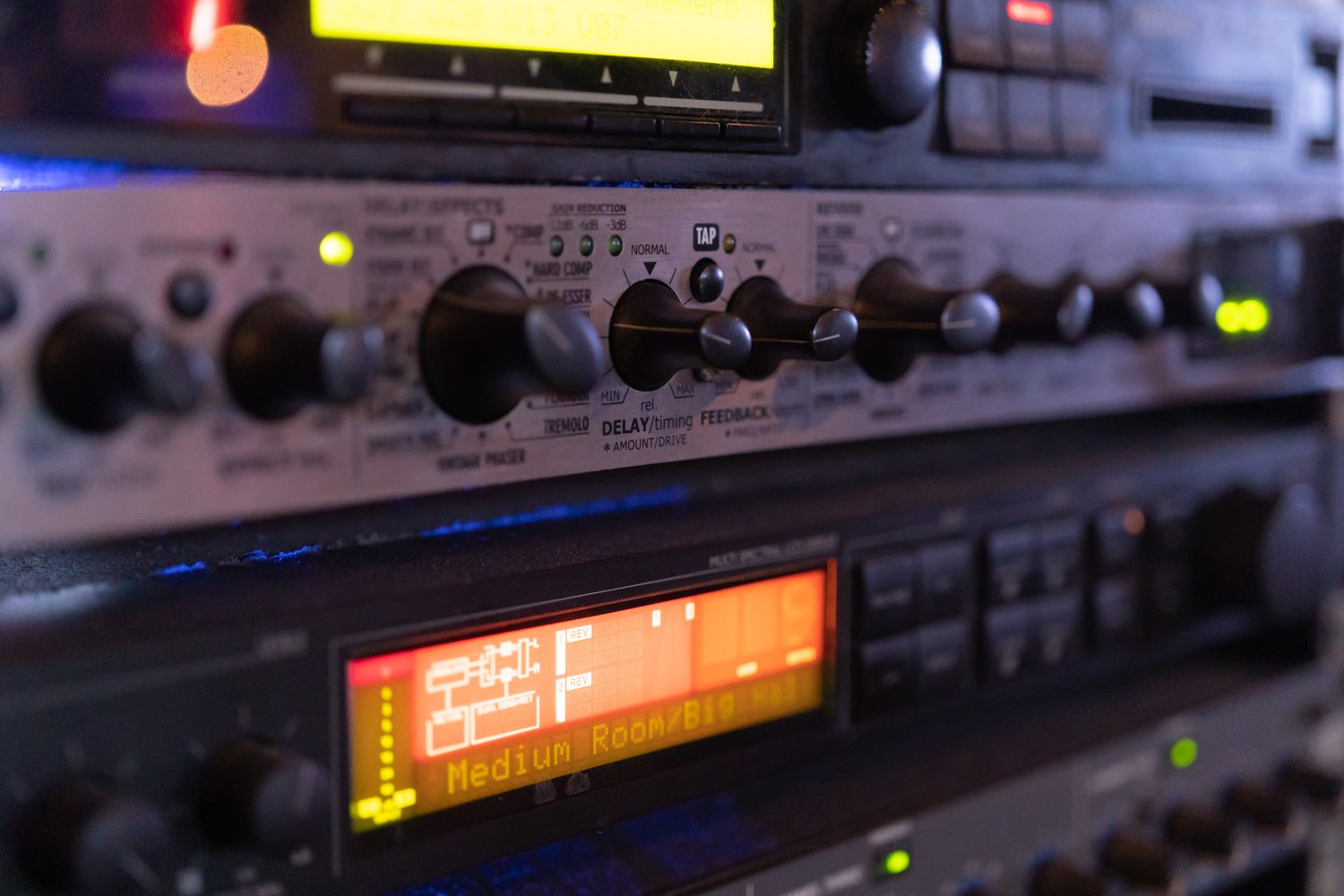Your home theater system is designed to immerse you in a world of flawless sound and visuals. But what happens when error messages interrupt your experience? Understanding these messages is vital to maintaining your entertainment setup’s peak performance and ensuring that your movie nights and gaming sessions remain uninterrupted.
- Discover how to identify common home theater receiver error messages, with a specific focus on those connected to audio output and HDMI issues.
- Gain practical insights into troubleshooting common audio output problems, ensuring your sound system delivers the quality you expect.
- Learn how to solve HDMI connection challenges, from signal interruptions to compatibility issues, safeguarding a smooth viewing experience.
By mastering the solutions to these potential pitfalls, you’ll not only enhance your audio-visual adventures but also extend the life of your home theater system. Dive in and find out how you can effectively tackle these common issues, improving not just your setup but your overall home entertainment experience.
Understanding Home Theater Receiver Error Messages with a Focus on Audio Output and HDMI Issues
Home theater receivers serve as the central hub for your audiovisual equipment, playing a crucial role in delivering high-quality sound and video throughout your home entertainment system. However, error messages related to audio output and HDMI connection issues can disrupt this experience.
Common error messages that you may encounter include notifications such as “No Audio Signal,” “HDMI Error,” or “Audio Output Not Detected,” which indicate issues with the signal pathway or connectivity problems. Understanding these errors at the onset can save time and prevent more serious complications.
By identifying and comprehending these messages, you can maintain your system’s performance and ensure immersive audio-visual experiences. Paying attention to such details not only enhances your understanding of your own equipment but also aids in efficient troubleshooting, prolonging the lifespan of your home theater receiver.
Troubleshooting Common Audio Output Problems in Home Theater Systems
Audio output problems in home theater systems can be frustrating, especially when they interrupt an anticipated movie night or a weekend binge-watching session. Common issues include static noise, sound distortion, or complete audio dropout, often caused by poor connections, faulty cables, or incorrect settings.
To tackle these problems, start by checking all audio cables for wear and tear and ensure they are firmly connected to both the receiver and speakers. Adjust audio settings in the receiver menu to match the configuration of your speaker system.
Ensuring all speaker connections are correctly set up is vital for optimal sound quality. Additionally, updating your receiver’s firmware can resolve audio bugs and compatibility issues with other devices. With these steps, you can refine your sound system and enjoy flawless audio output.
Resolving HDMI Connection Issues in Your Home Theater Receiver Setup
HDMI connection problems are a frequent source of frustration for home theater enthusiasts.
These issues can interfere with your entertainment experience, resulting in the dreaded ‘no signal’ message or poor quality image and sound. Understanding the root causes and solutions for HDMI issues is essential for maintaining a seamless viewing experience.
Signal Interruptions and Drops are among the most common HDMI issues. They can occur due to faulty cables or connections.
Ensure that both the HDMI cable and the connectors are not physically damaged, as even small issues can lead to significant signal loss. Using high-speed or premium-certified HDMI cables can improve performance and stability.
Compatibility Issues can also arise, especially in setups with older components or mixed brands. Ensure your devices support the same HDMI version, as mismatches can cause compatibility problems.
Sometimes, firmware updates for your home theater receiver and connected devices can resolve these issues. It is important to keep all system components updated with the latest software to prevent potential compatibility challenges.
Configuration Problems might be at the root of HDMI frustrations too. Double-check the HDMI input/output settings on your receiver.
Navigate through the settings menu and adjust according to your setup. A factory reset may help restore default settings if you encounter persistent issues, though this should be a last resort.
Finally, consider the Position of Your Components. Electrical interference can sometimes affect performance. Try rearranging your devices to minimize potential disruptions.
By addressing these HDMI issues methodically, you can enhance your home theater setup and enjoy uninterrupted entertainment. Share your own tips and experiences to help others overcome similar hurdles in the world of home theater systems.
FAQs on Home Theater Receiver Error Messages
Why is my home theater receiver not producing any sound?
Check if the volume is muted or turned down, and ensure all speaker connections are secure.
How do I fix HDMI handshake issues on my receiver?
Try power cycling your devices and using high-quality HDMI cables to ensure a stable connection.
What should I do if my receiver displays ‘No Signal’ error?
Ensure the HDMI input on the TV matches the output from the receiver, and check for loose cable connections.
What does ‘Audio Format Not Supported’ mean?
Your receiver may not support the audio format being sent. Adjust the audio settings on your source device.
How can I improve audio quality on my home theater system?
Ensure proper speaker placement, use quality speaker cables, and calibrate your receiver settings for optimal sound.





